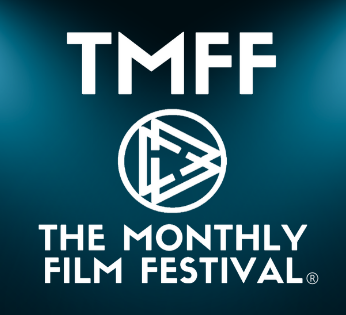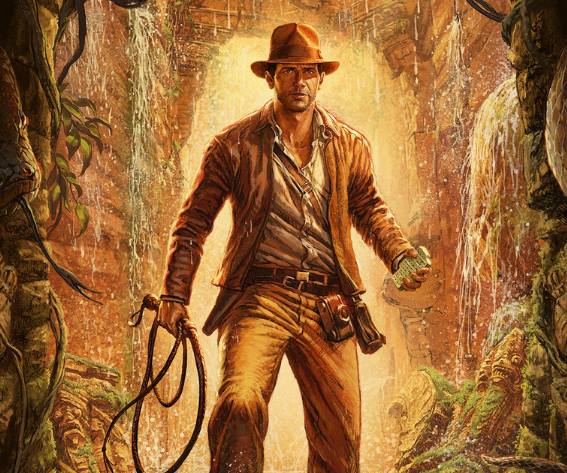Cinematography is the beating heart of filmmaking, weaving together visuals that evoke emotions and draw audiences into meticulously crafted worlds. From the sweeping landscapes of epic dramas to the intimate shadows of a character’s turmoil, cinematography transforms a screenplay into a living, breathing visual narrative. It goes beyond the mechanics of lighting, framing, and camera movement, becoming an art form that amplifies storytelling and leaves indelible impressions on viewers.
Setting the Tone: How Cinematography Shapes a Film’s Mood
At its core, cinematography sets the tone and mood of a film. The deliberate choice of colour palettes, the interplay of light and shadow, and the rhythm of camera movements work in harmony to immerse the audience. Consider the stark contrasts in Schindler’s List or the dreamlike hues of La La Land; these visual elements transcend dialogue, creating an emotional resonance that lingers long after the credits roll. It’s not merely about showing; it’s about making the audience feel, think, and connect.
A great cinematographer acts as a co-author of the story, translating the director’s vision into a visual language. They decide how every frame contributes to the narrative. For instance, a handheld shot can heighten tension in a thriller, while symmetrical framing might underscore the meticulous world-building of a Wes Anderson film. This artistic collaboration ensures that every scene serves the story, whether it’s capturing the claustrophobia of a confined space or the expansiveness of a breathtaking vista.
From Screen to Gameplay: Cinematography’s Influence Beyond Film
This artistry extends beyond the screen, influencing various products and services tied to a film’s success. For example, movie themed online slots often draw inspiration from a film’s cinematography, striving to replicate its visual splendour within gameplay. By mirroring iconic scenes, moods, or colour schemes, these games allow fans to appreciate cinematic artistry in an interactive format, creating a new dimension of engagement.
Cinematography also plays a pivotal role in creating visual motifs and symbols that enhance the thematic depth of a film. Take the recurring use of water in Shape of Water, where its fluidity reflects the transformative journey of love and acceptance. Or the relentless pursuit of light in Blade Runner 2049, which underscores the dichotomy of hope and despair in a dystopian world. These subtle yet powerful elements speak to the profound impact that cinematography has on storytelling.
Embracing Technology: The Future of Cinematography
Moreover, technology has expanded the horizons of cinematography, allowing filmmakers to experiment with new techniques. From the use of drones for aerial shots to advancements in CGI that blend seamlessly with live action, the possibilities are endless. However, it is the cinematographer’s ability to balance these tools with an artistic vision that distinguishes a masterpiece from a mere spectacle.
Ultimately, cinematography is not just a technical aspect of filmmaking; it is a visual poetry that elevates stories to their full potential. It enriches our cinematic experiences, immersing us in worlds that feel both familiar and fantastical. Whether it’s the raw intimacy of a character’s journey or the grandeur of an epic battle, cinematography ensures that the magic of cinema remains timeless, leaving us spellbound with every frame.









Leave a reply